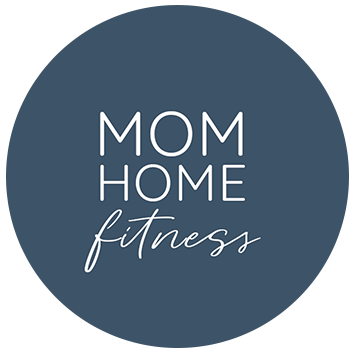

Pelvic Floor Dysfunction and Bladder Incontinence: Causes Beyond Pregnancy
Whether pelvic floor issues are due to trauma, chronic illness, or environmental stress, tailored pelvic floor exercises, stress management, and inflammation reduction through lifestyle changes can help restore function. Understanding the root cause of the dysfunction allows for targeted treatment, improving bladder control and overall pelvic health.

Incontinence and Postpartum Depression: Understanding the Link
Incontinence is more than just a physical issue—it can have a profound impact on your mental health postpartum. Recognizing the possible connection between incontinence and mental health issues like postpartum depression and anxiety is the first step toward healing.

Getting to the Core of Postpartum Fitness: Regain Bladder Control at Home
By paying attention to your posture, practicing proper breathing techniques, engaging in pelvic floor muscle training, and making positive habit changes, you can regain control of your bladder and improve your pelvic floor health.

When to Consult a Specialist for Corrective Exercise and Pelvic Floor Health
Postpartum corrective exercise is a transformative approach for mothers seeking to regain their physical strength and well-being after childbirth. One of its significant benefits is its efficacy in addressing issues such as diastasis recti, pelvic organ prolapse, and bladder function.

Hypermobility and Pelvic Floor Health: A Simple Treatment Plan
In this blog post, we'll explore the connection between hypermobility and pelvic floor health, and present a straightforward treatment plan to help aid in the healing process.

Dynamic Neuromuscular Stabilization (DNS) and Postpartum Recovery
Postpartum recovery is a unique period that comes with a wide range of physical changes. DNS can be an effective tool in helping women journey through this phase, promoting recovery, and regaining their strength and functional movement.

The Surprising Connection Between Your Pelvic Floor and Feet
Believe it or not, your posture and how you stand and walk can affect the health of your pelvic floor. When your feet are properly aligned, it promotes better posture, reducing the risk of pelvic floor dysfunction.

The Subtle Impact of Workout Clothing
One crucial aspect of postpartum fitness that often goes unnoticed is the choice of workout attire. In this blog post, I'll emphasize the importance of clothes with "give" and how overly tight sports bras and exercise pants can negatively impact breathing and overall physical and mental well-being during postpartum recovery.

Pelvic Floor Exercise: The Key to Foundational Strength
We have all heard of Kegel exercises, right? Practitioners, friends, and family members often advise us to do them after pregnancy. Don't get me wrong, Kegels have their time and place! However, perhaps you have also heard of Pelvic Floor Muscle Training? If not, and you're looking to stop embarrassing leaks when you cough, laugh, sneeze, or work out, read on to learn more about PFMT and how it differs from Kegels.
Ready to work with me?

